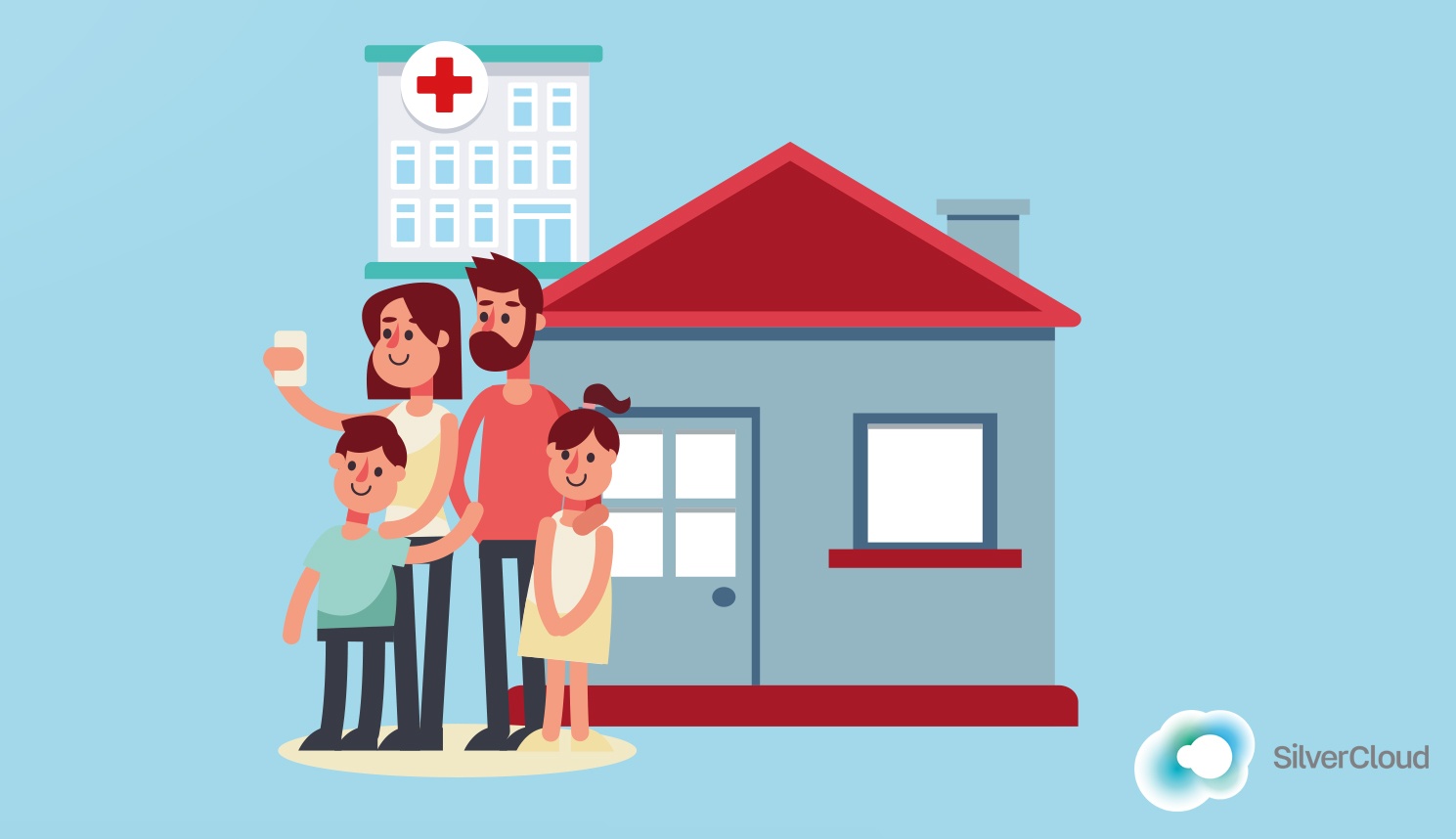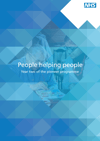
Why Integrated Health Care?
The impact of a growing and aging population and an increase in prevalence of chronic diseases on the NHS has led to the consideration and development of new models of care to help meet rising demand and different population needs.
The NHS Five Year Forward View (2014) observed that the historical structure of the NHS may not remain suitable and set out a roadmap for delivering integrated care to better meet healthcare demands. This involves breaking down the barriers in how care is provided between GPs and hospitals, between physical and mental health and between health and social care, with far more care delivered locally.
The Next steps on the NHS Five Year Forward View 2017 outlined the government’s vision of delivering integrated care through STPs and the evolution of some STPs into integrated care systems (ACSs)
New Models of Care – The Progress Made
Reviews of progress, including by the National Audit Office (NAO), have been mixed. The NAO concluded that there was no compelling evidence that integration provided financial savings or reduced hospital activity. However, NHS England has put forward examples of successful integration in some local areas, describing examples of where integration has been put into practice, reporting that early results from parts of the country that have started doing this—our ‘vanguard’ areas—are seeing slower growth in emergency hospitalisations and less time spent in hospital compared to the rest of the country. The difference has been particularly noticeable for people over 75.
How Technology is Supporting New Models of Care
Technology is a key enabler to the success of integrated care - helping to facilitate the moving of care away from emergency rooms and lengthy hospital stays to more accessible settings and promoting self-care and independence.
The NHS Pioneers
The NHS report, People Helping People (2016) reviews the progress and lessons learnt by the 25 integrated care pioneer sites. Technology highlights from the sites include:
- Cheshire’s Shared Care Record scheme, which gives clinicians a single point of access, day or night, to patient data from primary care, cancer care, social care and community-based health services. The system has already created efficiencies but it is also allowing clinicians plan patient care more holistically.
- Nottingham’s City Assistive Technology (AT) project for adult integrated care uses electronic equipment in the patients’ homes that measures vital signs such as weight, blood oxygen levels, pulse and respiration and captures this data for healthcare professionals. Telecare has more than 5,000 current users and 96% of people feel more independent as a result of using the technology.
- In Leeds Tele X is the term used to describe all the ways they are using technology to support the aims of the program. This includes treating people as close to their own home environment as possible and empowering patients to improve their own health and wellbeing, for example by providing digitally-enabled diagnostic equipment for people with long-term conditions, as well as allowing individuals to interact with health and social care professionals from the comfort of their own homes.
Technology – an Enabler of Prevention and Early Treatment
Prevention and earlier treatment are fundamental themes of integrated care. Platforms like SilverCloud Health support treatment at home and earlier treatment in the community; allowing individuals to be screened online and signposted to appropriate interventions (prevention and treatment) in behavioral health management from the comfort of their own home. This may include preventative digital programs for example for sleep difficulties, stress or resilience or if appropriate digital therapy programs for common conditions like anxiety and depression. For many, including hard-to-reach groups such as men in psychological distress, those with low mobility and those that live long distances from treatment centres, having the option access education or therapy sessions online at a time and place that fits into their daily schedule is of huge value.
Contact us - If you would like to know more about our solutions for population healthcare.
 Download the Full The NHS 2016 report: People Helping People describes the lessons learnt by the vanguards and pioneers and progress to date.
Download the Full The NHS 2016 report: People Helping People describes the lessons learnt by the vanguards and pioneers and progress to date.







